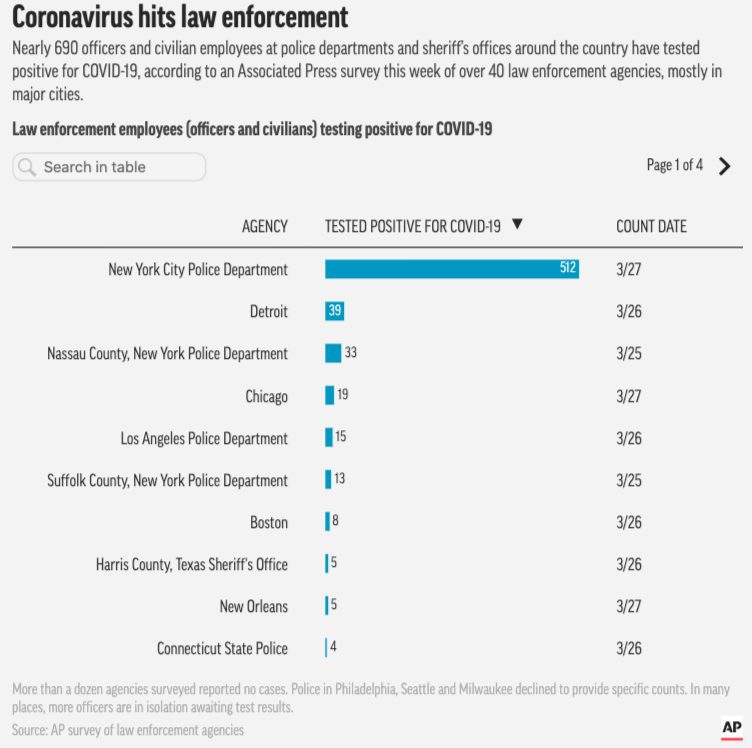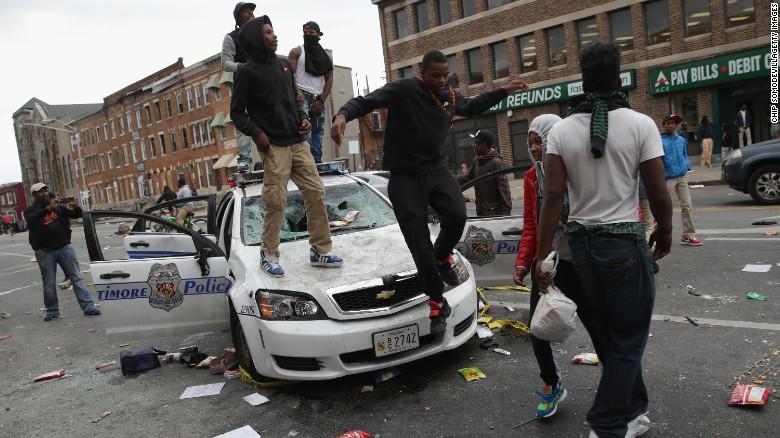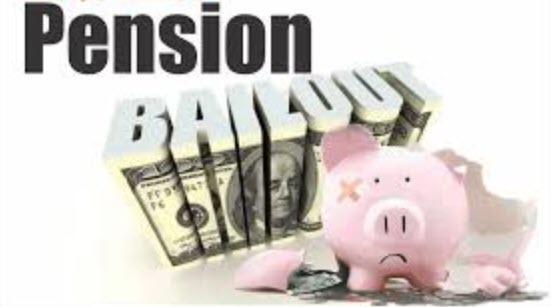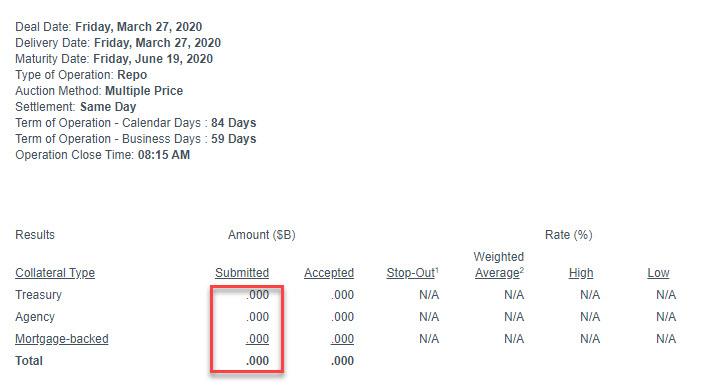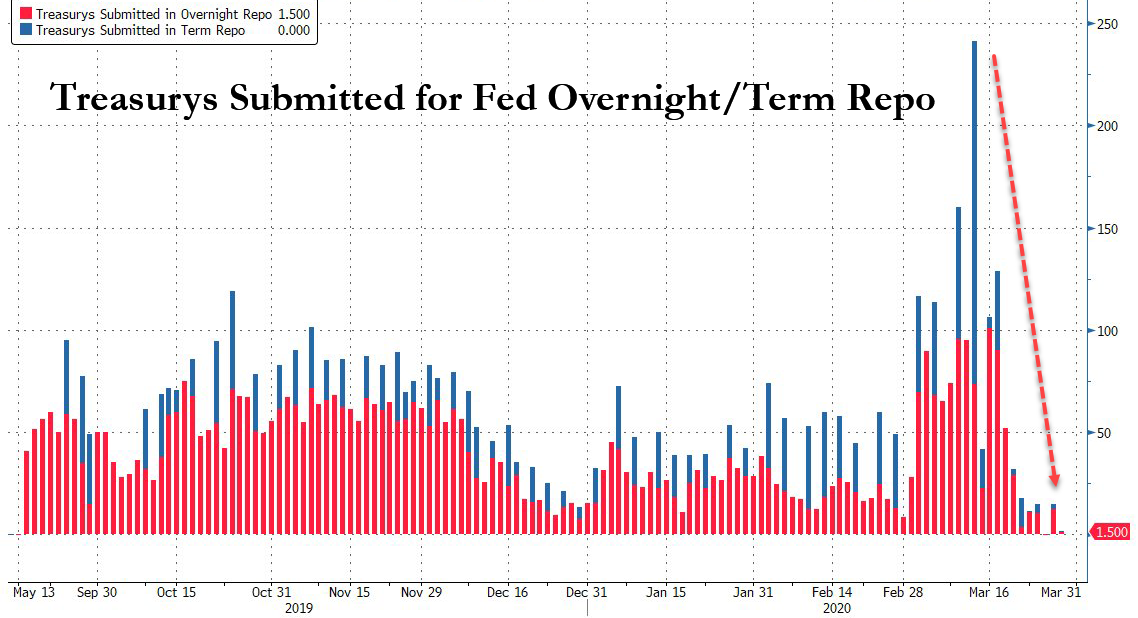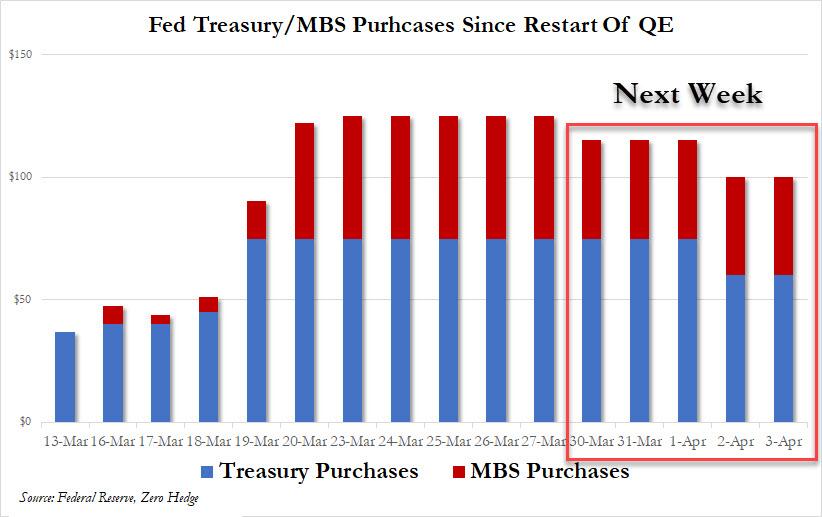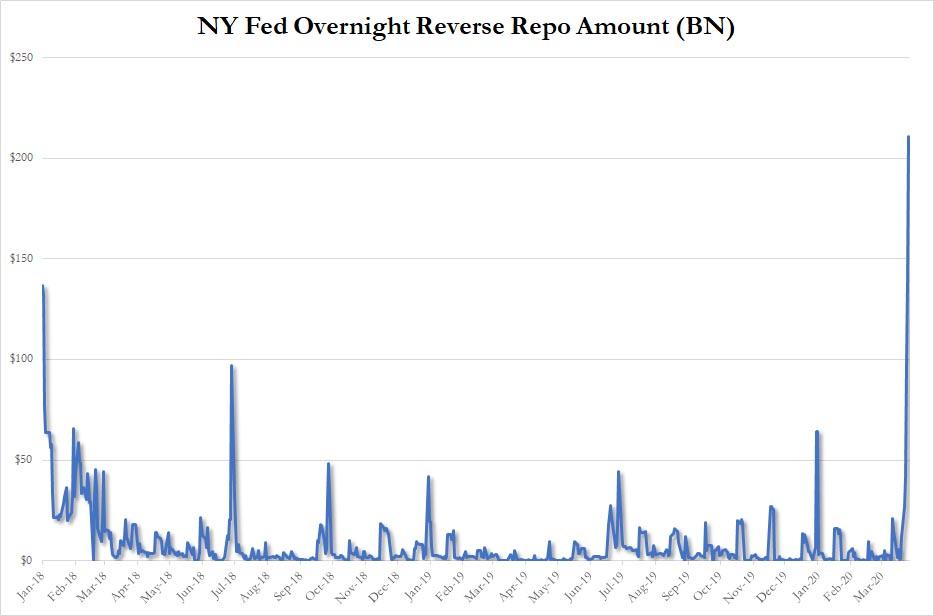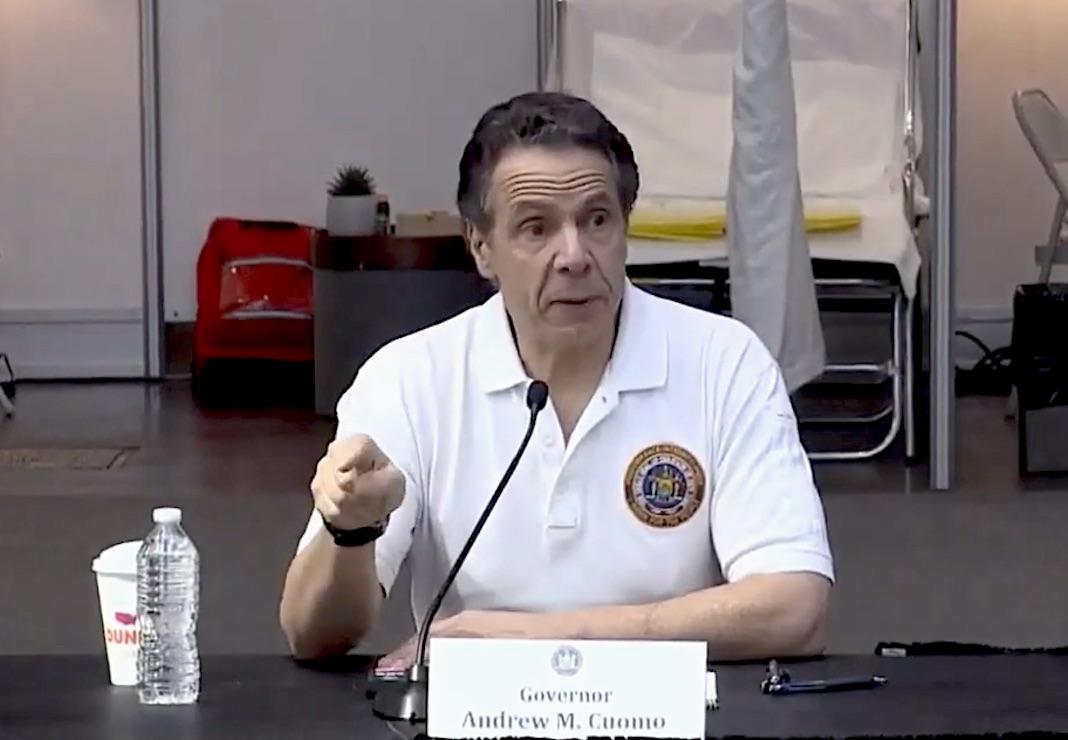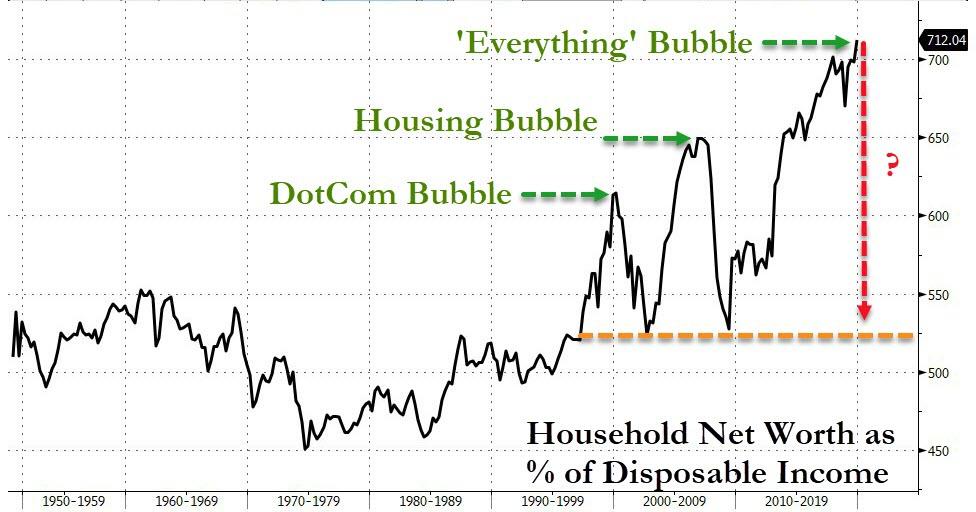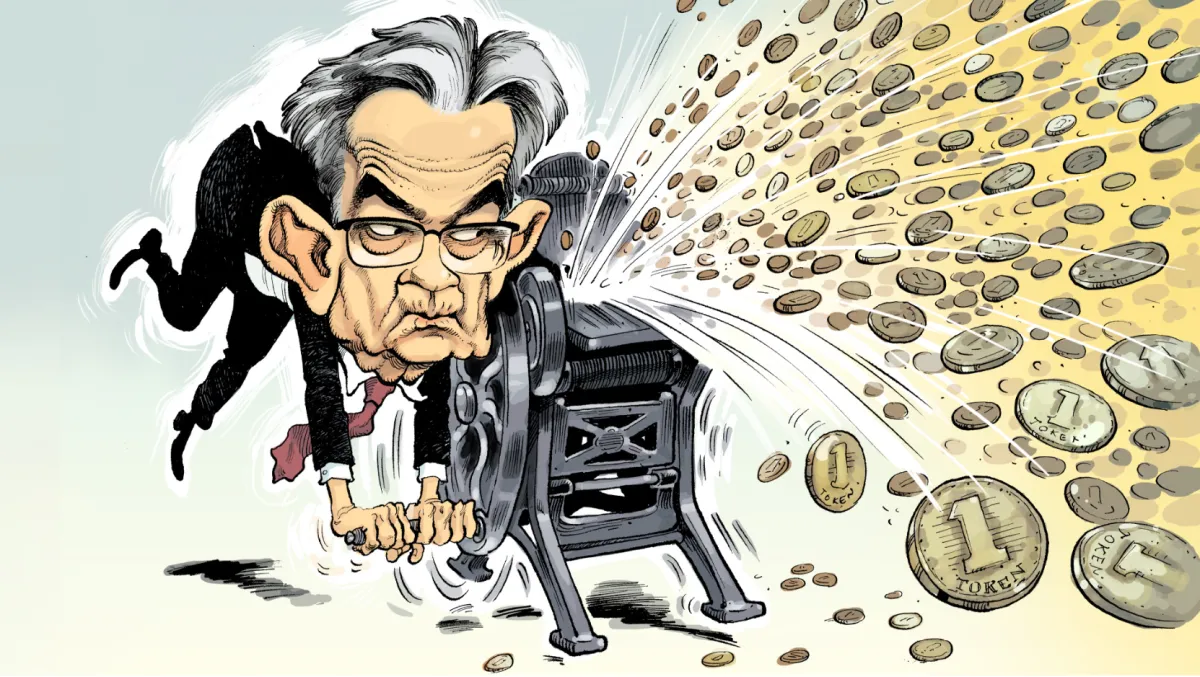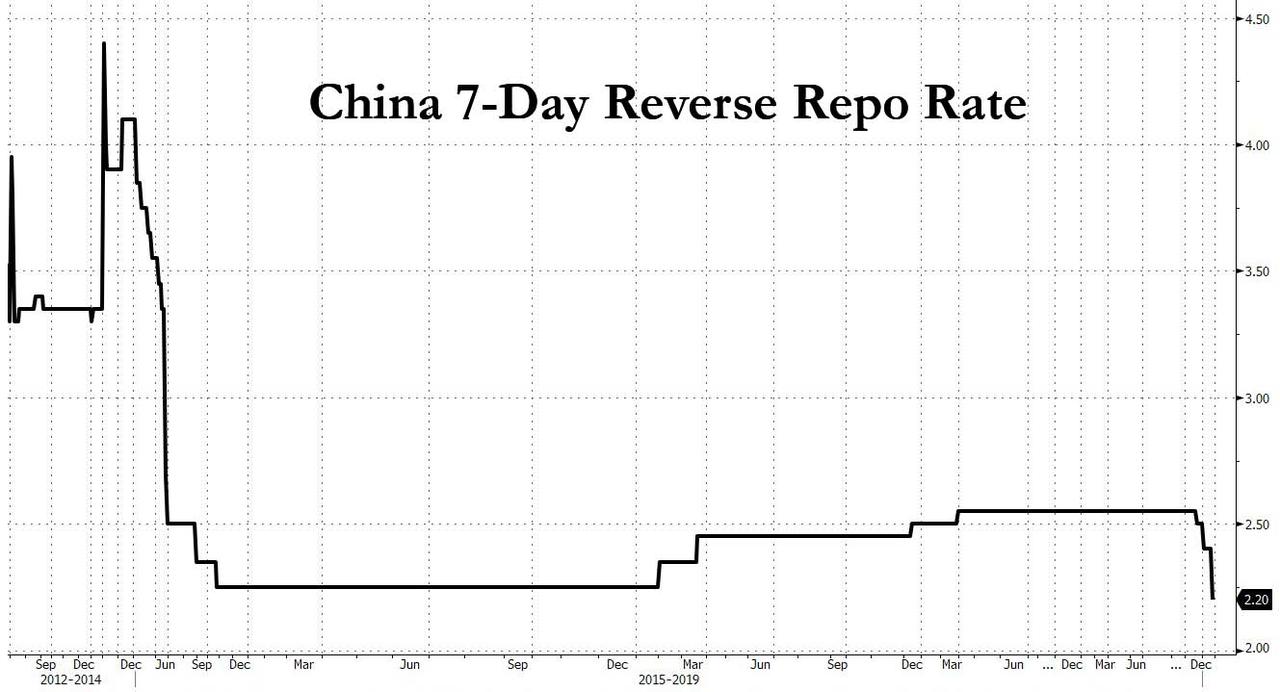On Tuesday, March 3, at 10:00 a.m., the Supreme Court heard oral arguments in Seila Law v. LLC. That case considered the constitutionality of the CFPB’s structure. (I analyzed the arguments here.) At some time that same day (I am not sure the exact time), the Fifth Circuit decided CFPB v. American Check Cashing. This case also considered the constitutionality of the CFPB’s structure. I criticized that decision as an untimely amicus brief. The panel should have held the case in abeyance until the Supreme Court decided Seila.
Last week, sua sponte, the Fifth Circuit agreed to hear American Check Cashing en banc. The panel decision was vacated. I suspect the en banc court will simply wait to see what happens in Seila, and remand to the district court–effectively a circuit GVR.
The Fifth Circuit does not have a consistent approach to resolving issues that the Supreme Court has granted review on. Consider the following four examples:
1. Whole Woman’s Health v. Paxton, No. 17-51060 (5th Cir.)
This case considered Texas’s prohibition of “dismemberment abortions.” The panel (Stewart, Dennis, and Willett) heard oral arguments on November 5, 2018. Six months later, on March 13, 2019, the panel issued an order placing the case in abeyance:
This appeal will be held in abeyance pending the disposition in the Supreme Court of a forthcoming (presumably) petition for a writ of certiorari in June Medical Services, L.L.C. v. Gee. [FN1] Once the Supreme Court disposes of June Medical, either by denying the petition or by deciding the merits, this appeal will be returned to this panel for further proceedings.
[FN1] 1 905 F.3d 787 (5th Cir. [Sept. 26,] 2018); see also June Med. Servs., L.L.C. v. Gee, 139 S. Ct. 663, 663 (2019) (mem.) (granting a stay “pending the timely filing and disposition of a petition for a writ of certiorari”).
Let’s consider the chronology.
- The Fifth Circuit decided June Medical v. Gee on September 26, 2018, before the dismemberment case was argued.
- The Supreme Court granted a stay on February 7, 2019.
- And on March 13, 2019, the panel held the dismemberment case in abeyance for June Medical.
- A petition for certiorari was filed in June Medical in April 2019.
- Cert was granted on October 4, 2019.
Did the panel act properly here? I can see two sides. Following the stay, it was very likely that the Supreme Court would grant certiorari. Indeed, the Supreme Court’s stay order specifically referred to the “timely filing” of a cert petition. The panel may have reasonably concluded that any ruling should wait till Justices resolve the dispute from Louisiana dispute. Otherwise, their decision would simply be GVR’d by the Supreme Court.
On the other hand, there will probably be an eighteen-month gap between oral arguments in the Fifth Circuit (November 2018) and a final SCOTUS decision (June 2020). At that point, the Fifth Circuit will probably require new briefing, and perhaps another round of oral argument. And Texas’s law will have been enjoined for nearly four years. There is a cost to waiting around till the Supreme Court decides a related case.
The court could have asked the parties to opine on whether abeyance was appropriate. Specifically, the question presented in June Medical is not perfectly aligned with the question in the dismemberment case. It is entirely possible June Medical could be resolved on some ground that doesn’t affect the question before the panel. In that case, the two-year wait will have been for naught. But the court here acted sua sponte.
In any event, the panel’s sua sponte decision here places American Cash Checking in a very poor light. An eighteen-month delay is debatable. The CFPB panel couldn’t even wait four months before issuing its decision.
2. Whole Woman’s Health v. Smith, No. 18-50730 (5th Cir.)
This case concerns Texas’s law that requires burial of fetal remains. On September 5, 2018, a district court judge declared the law unconstitutional. One year later to the date, the Fifth Circuit heard oral arguments on September 5, 2019. During the oral arguments, the court asked the parties whether abeyance would be proper, but there were no written filings on the subject. On October 7, 2009, three days after cert was granted in June Medical, the panel (Barksdale, Stewart, and Costa) issued an order:
On October 4, 2019, the Supreme Court granted two petitions for writ of certiorari in June Medical Services, L.L.C. v. Gee, 905 F.3d 787 (5th Cir. 2018). See Supreme Court Nos. 18-1323, 18-1460. This appeal will be held in abeyance pending the Supreme Court’s disposition of June Medical. See Whole Woman’s Health v. Paxton, Fifth Circuit No. 17-51060 (Order of March 13, 2019) (holding case in abeyance pending Supreme Court’s disposition in June Medical). After the Supreme Court decides June Medical, this appeal will be returned to this panel for further proceedings.
This post-certiorari order makes more sense than the pre-certiorari order in the dismemberment case. And the panel asked the parties about holding the case in abeyance. It would be ideal to allow for formal briefing on this issue. Again, it is possible that June Medical would not resolve the precise issue with fetal remains.
In any event, both Texas abortion cases were handled far better than the CFPB case. That panel failed to hold the case in abeyance after the precise question presented had already been argued.
Does the Fifth Circuit have a general rule that all abortion cases will be held in abeyance for June Medical? Nope. Two abortion cases from Mississippi were not held in abeyance at all.
3. Jackson Women’s Health Organization v. Dobbs, No. 18-60868 (5th Cir.)
This case considered Mississippi’s prohibition on abortion after fifteen weeks. The Fifth Circuit panel heard oral arguments on October 7, 2019 (Higginbotham, Dennis, and Ho). Three days earlier, certiorari had been granted in June Medical. One of the questions presented in the Louisiana case was whether third-party standing was permissible. In the Mississippi Case, the Plaintiffs included “Jackson Women’s Health Organization, the only licensed abortion facility in Mississippi, and one of its doctors.” This case raised the same third-party standing issues that are presented in June Medical. There were no individual plaintiffs in the Mississippi case.
The Fifth Circuit panel did not hold the case in abeyance. Instead, it resolved the case barely two months later on December 13, 2019.
Subsequently, a petition for rehearing en banc was denied. I suspect a cert petition to be filed soon enough, and ultimately, a GVR following June Medical.
Consider one more abortion case with the same name.
4. Jackson Women’s Health Organization v. Dobbs, No. 19-60455 (5th Cir.)
This case considers Mississippi’s prohibition on abortions after a “fetal heartbeat has been detected.” The panel (King, Costa, and Ho) heard arguments on February 6, 2020 at the University of Houston Law Center. (I was unable to attend in person). This case was not held in abeyance. To the contrary, the panel issued a per curiam decision two weeks later on February 20, 2020.
***
Why were the Texas cases placed on hold while June Medical was pending, but the Mississippi case were decided so quickly? Perhaps June Medical may affect the former cases, but not the latter cases. I’m not persuaded. The Fifth Circuit’s approach is ad hoc, and not standardized. The judges should consider this issue, and come up with some coherent policy. The current regime is unfair to litigants, and fails to accord due deference for the Supreme Court. At a minimum, the parties should be offered the opportunity to brief the issue before a sua sponte abeyance order is issue.
Perhaps the Texas abortion cases got it right. Or maybe the Mississippi abortion cases got it right. But the CFPB case, without question, got it wrong. I am glad that opinion has been vacated. It should no longer serve as a precedent.

from Latest – Reason.com https://ift.tt/346Rs1b
via IFTTT



